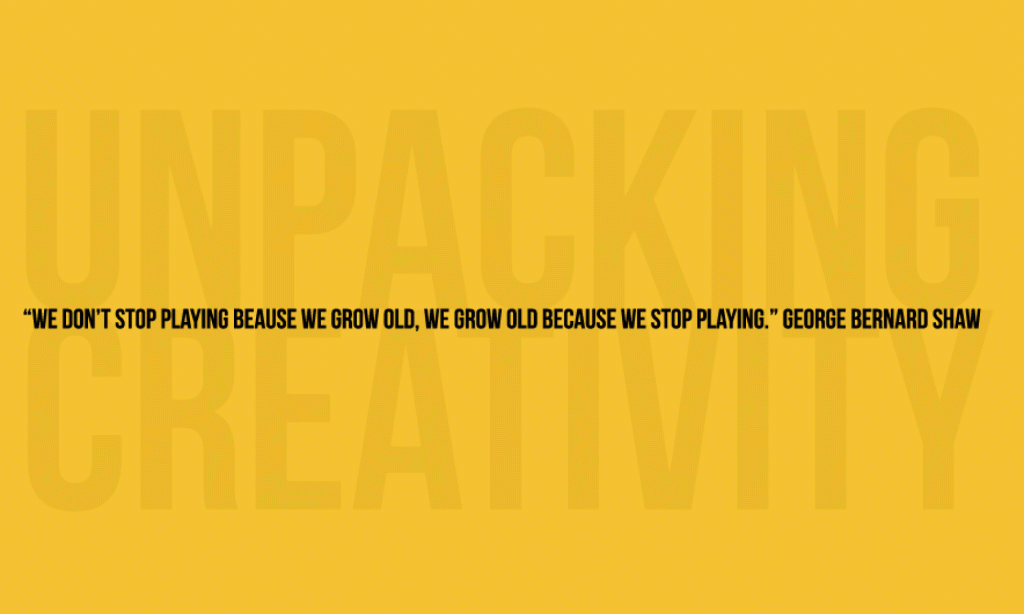
Roger Von Oech has been a Creative consultant for large and small companies as well as individuals. This edition is the 25th year edition of this book. Creative thinking is a vital survival skill in this changing world. It is even more important to look at things in a fresh and different way. This book contains stories, anecdotes, insights and ideas from many different sources of how you can become more creative.
“Why be Creative? Why challenge the rules? Why run the risk of failing and looking foolish.”
Sometimes, what worked two years ago, does not work today. We live in an ever changing world and we need to adapt to the changes. Creative thinking is a lot of fun, sometimes things no longer work or become stagnate and we can either sit and complain or we can try to generate new ways of doing things. The real key to being creative is what we do with our knowledge. It requires curiosity and play with our knowledge and experiences.
Nobel Prize physician Albert Szent-Gyorgyi says: “Discovery consists of looking at everyone else and thinking something different.”
We don’t need to be creative for most of the things that we do. Most of us have certain attitudes that lock our thinking into the Status Quo and keeps us thinking more of the same. This attitude is necessary for most of our daily lives, but they get in the way when we need to be creative. It is hard to be creative if you are so focused on being practical, logical, afraid to make mistakes or with other mental blocks.
There are many reasons and phrases that we are told by others and by ourselves.
- The right answer
- That’s not logical
- Follow the rules
- Be practical
- Play is frivolous
- That’s not m area
- Don’t be foolish
- To err is wrong
- I’m not creative
To be open to receive the teachings of thinking creatively we need to first “unpack”, or as VanOech says: empty out what you have in your mental cup. We need to unlearn what we know.
The history of discovery and invention is filled with the people whose routines were interrupted and who were forced to come up with alternative solutions. Inventions, new ideas tend to be discovered because we are forced to break our routine. Most of our education system is geared towards finding the “right answer.” What if I told you there were many right answers – all depending on what you are looking for. If you think there is only one right answer you will stop looking after you find it.
Some games:
- Find the third right answer
- Metaphors, find metaphors for something specific. The meaning of life….a box of chocolates??
- Ask What if?
